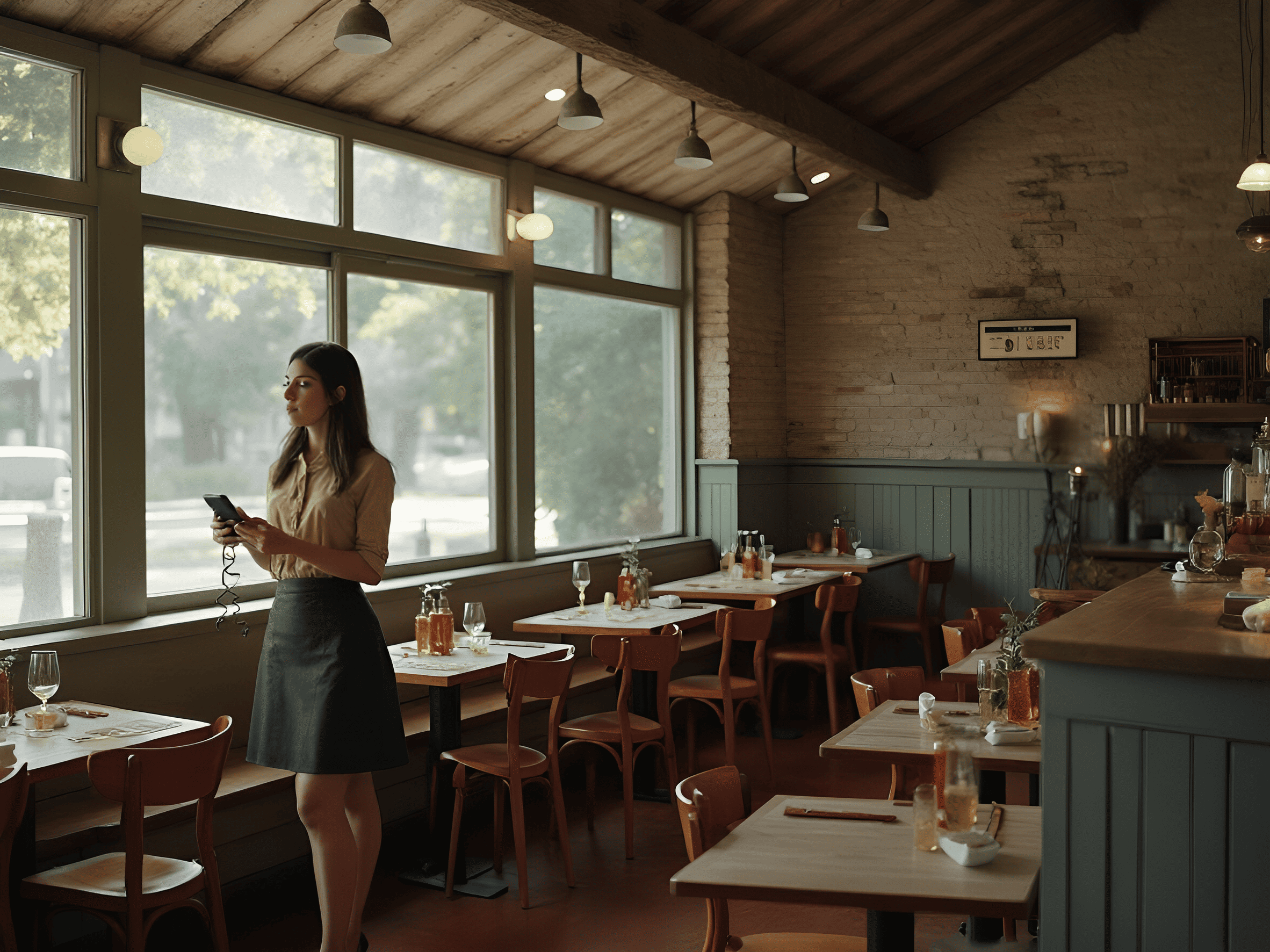Choosing the perfect model for a restaurant in 2025: 5 proven options
Model 1. Dark Kitchen — a kitchen that only works for delivery
This type of establishment focuses exclusively on online orders. There is no need for a guest room, and there are no waiters either. The main thing is efficiency, precise logistics, and stable quality. The main advantages:
- Significant savings on rent and staff;
- Flexible menu, the ability to quickly change the concept;
- Easy business scaling.
Model 2. Fast Casual — a balance between speed and quality
This restaurant format has taken the best from fast food and classic establishments. The guest receives fresh food in a short time, but the level of dishes is higher than in regular fast food restaurants. Main advantages:
- High turnover of tables;
- Optimization of personnel costs;
- Cost control.
Self-service cash desks are often used in such restaurants. This reduces the burden on employees and speeds up the process. Another important point is the packaging. Many Fast Casual restaurants adapt their meals to delivery, which increases profits through additional sales channels.
Model 3. Food court — stable flow of customers
Food outlets in shopping malls, train stations, and business centers are provided with constant traffic. People come there along the way, which guarantees the flow of guests. The main advantages:
- High throughput;
- Minimal investment in the interior;
- Quick profit.
It is important to manage the speed of service correctly here: if a person waits a long time for an order, he goes to competitors. The owners of successful food court establishments actively use applications for restaurants and other food outlets, analyze popular dishes, and focus on loyalty programs. The faster you serve the customer, the higher the turnover.
Model 4. Self—service - restaurant without waiters
Modern technology allows guests to order and pay for their own meals. There are no waiters, the staff is focused only on cooking. Advantages:
- Lower salary costs;
- Minimizing errors during orders;
- High service speed.
This restaurant format works especially well in places with a large flow of people: airports, train stations, business centers. The main thing is the convenience of the interface. If the terminals are stuck, then the guests will go to another place. A good restaurant automation system helps you quickly take orders and analyze them, adjusting the menu to meet demand.
Model 5. Hybrid format: restaurant + delivery
The mixed type combines a classic establishment with a delivery service. This makes the business more sustainable: even if the flow of guests in the hall decreases, there are always online orders. Advantages:
- Different sources of income;
- Flexibility in restaurant management;
- Adaptation to demand.
This format provides more opportunities for growth. For example, you can test seasonal dishes in the hall, and launch the most popular ones in delivery. The main thing is to properly distribute the load on the kitchen so that the quality of service does not suffer.
Trends of 2025
The restaurant market of 2025 dictates new rules. Now it’s not enough to cook delicious dishes — it’s important to be able to adapt quickly. Trends that determine success:
- Automation. Applications for restaurants, self-service cash registers, smart kitchens;
- Flexibility. Menu experiments, quick concept change;
- Environmental friendliness. Waste minimization, biodegradable packaging;
- Digital marketing. Targeted advertising, working with reviews, integration with delivery services.
To achieve the success of the restaurant business, it is important to introduce innovations competently. Neon Alisa specialists will help you with this, having the experience and knowledge to create optimal solutions for your business.
